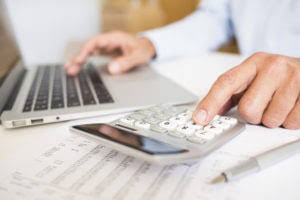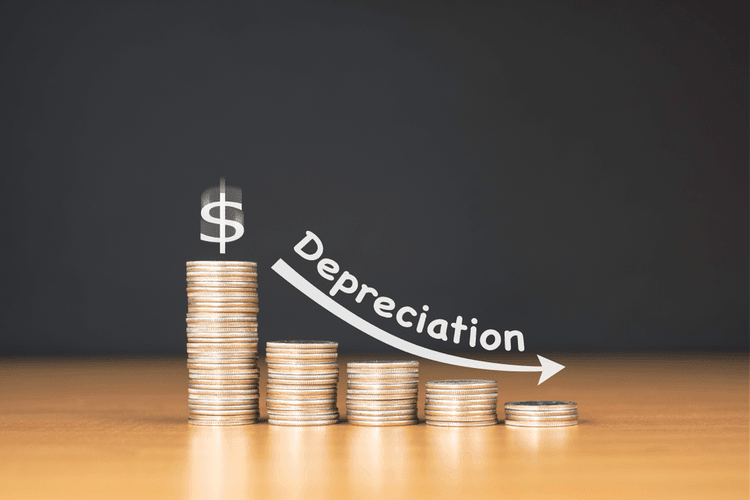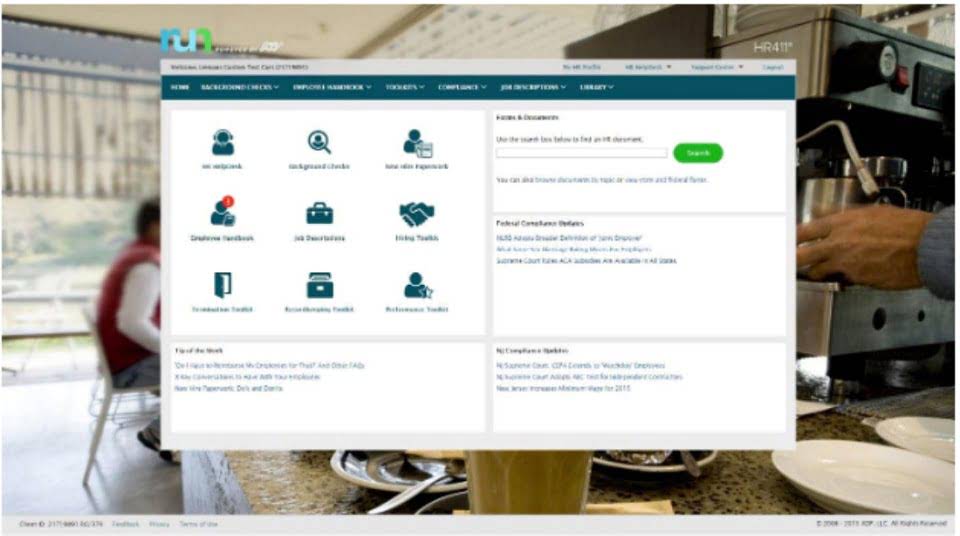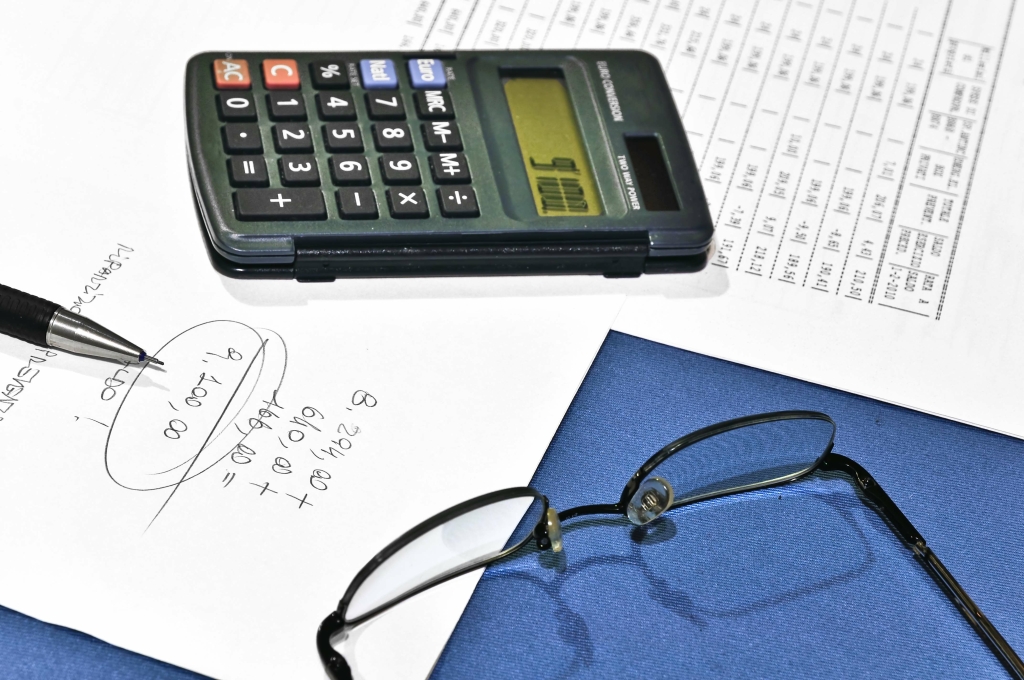
Now that we have defined the concept of normal balance, let’s move on to examining some examples to further clarify its application. A cash account is an expected normal balance account that includes cash and cash equivalents. Because the topic of bonds is complex, this article is meant to give an overview of bonds for accounting students learning Financial https://www.kazembgulf.net/bookkeeping-and-accounting-for-hvac-companies/ Accounting. It is not a comprehensive resource for bonds and the accounting treatment of specific bond transactions. Please consult an accounting or financial professional who is familiar with your specific situation. If a bond is callable, the redemption amount is stated in the bond indenture.
Net 30 days

We’ve covered these in our prior lessons but we need to keep drilling these into your knowledge if you are just starting out. In accounting, every financial transaction involves two accounts – one account is debited, and the other is credited. Bad Loans Meaning Loans from a bank that have not paid interest for more than 90 days are known as Bad Loans or Non – Performing Assets (NPAs). In Sales Forecasting other terms, a loan is considered a non-performing asset (NPA) if the bank ceases receiving payments on the principal and interest for more than three months.
- For example, if the market rate is 5% and the contract rate is 4% on a $100,000 bond, the bond will sell for less than face value, stated as a percentage less than 100.
- As a result, companies need to keep track of their expenses and losses.
- Financial discussions frequently involve terms like “accounts payable,” which can initially seem complex.
- Without this understanding, interpreting how transactions affect various accounts becomes challenging, leading to potential errors in financial reporting.
- This could lead to one or more of the suppliers demanding payment at the time of delivery.
Our Review on The Credit One Credit Card
At the end of every accounting period there will be some vendor invoices and receiving reports that have not yet been approved or fully matched. As a result these amounts will not have been entered into the Accounts Payable account (and the related expense or asset account). These documents should be reviewed in order to determine whether a liability and an expense have actually been incurred by the company as of the end of the accounting period. During the first few days after an accounting period ends, it is important for the accounts payable staff to closely examine the incoming vendor invoices.
- Liabilities are what a business owes to external parties, including accounts payable to suppliers, loans from banks, and deferred revenue for services not yet rendered.
- However, rising payables might also signal financial distress—a company might be delaying payments because it doesn’t have enough cash on hand to meet its obligations.
- This situation could possibly occur with an overpayment to a supplier or an error in recording.
- The contra accounts appear directly below the real account in the financial statements.
- Each of the accounts in a trial balance extracted from the bookkeeping ledgers will either show a debit or a credit balance.
- This is due to under the cash basis of accounting, transactions only be recorded when there is cash invovled, either cash in or cash out.
What is the balance of a loan?

A contra account contains a normal balance that is the reverse of the normal balance for that class of account. The contra accounts noted in the preceding table are usually set up as reserve accounts against declines in the usual balance in the accounts with which they are paired. For example, a contra asset account such as the allowance for doubtful accounts contains a credit balance that is intended as a reserve against accounts receivable that will not be paid. The normal balance shows debit in the accounts payable when the left side is positive. It means, according to the accounting equation, the assets for that accounts are higher than the sum of shareholders’ equity and liabilities.
Normal Balances of Accounts Chart
When an account payable is paid, Accounts Payable will be debited and Cash will be credited. Therefore, the credit balance in Accounts Payable should be equal to the amount of vendor invoices that have been recorded but have not yet been paid. Accounts payable (also known as creditors) are balances of money owed to other individuals, firms or companies. These are short term obligations which arise when a sole proprietor, firm or company purchases goods or services on account. Accounts payable usually appear as the first item in the current liabilities section of a company’s balance sheet.
- Given the accounts payable balance as of the beginning of the accounting period, the two adjustments that impact the end of period balance is credit purchases and supplier payments.
- Revenue accounts track the income a company earns from its primary business activities, such as sales of goods or services.
- For example, the Cash account, as an asset, normally has a debit balance because debits increase cash.
- The same date is used to record the debit entry to an expense or asset account as appropriate.
- When making a loan payment, the business will have an account debit, which decreases the liability.
- Thomas Richard Suozzi (born August 31, 1962) is an accomplished U.S. politician and certified public accountant with extensive experience in public service and financial management.
When a payable normal balance business incurs an obligation, such as buying supplies on credit, the accounts payable account is credited to reflect this increase in debt. For instance, if a business receives a $500 invoice for office supplies, the Accounts Payable account is credited by $500. Accounts payable are amounts which are owed by a business to its suppliers for the purchase of trade goods or services, they are sometimes referred to as trade payables or trade creditors. Under normal circumstances, they are normally unsecured, and non-interest bearing. The balance sheet reports the assets, liabilities, and owner’s (stockholders’) equity at a specific point in time, such as December 31.

Accounts Payable Outline

The cost of inventory should include all costs necessary to acquire the items and to get them ready for sale. A bill issued by a seller of merchandise or by the provider of services. The seller refers to the invoice as a sales invoice and the buyer refers to the same invoice as a vendor invoice. Prior to entering a vendor invoice into Accounts Payable, the invoice should be reviewed and approved. The reason is that a vendor invoice may contain errors (incorrect quantities, incorrect prices, math errors, etc.) and some invoices may not be legitimate. Certain purchases of goods and/or services may be subject to state sales taxes.
Accounts Payable is also debited when a company returns goods to a vendor or when the vendor grants an allowance. The responsibility for compliance with sales and use taxes rests with each company. As a result, companies must be familiar with the laws of the states in which they operate. While the company views the individual as an independent contractor, the Internal Revenue Service rules may dictate that the individual is actually a part-time employee.
